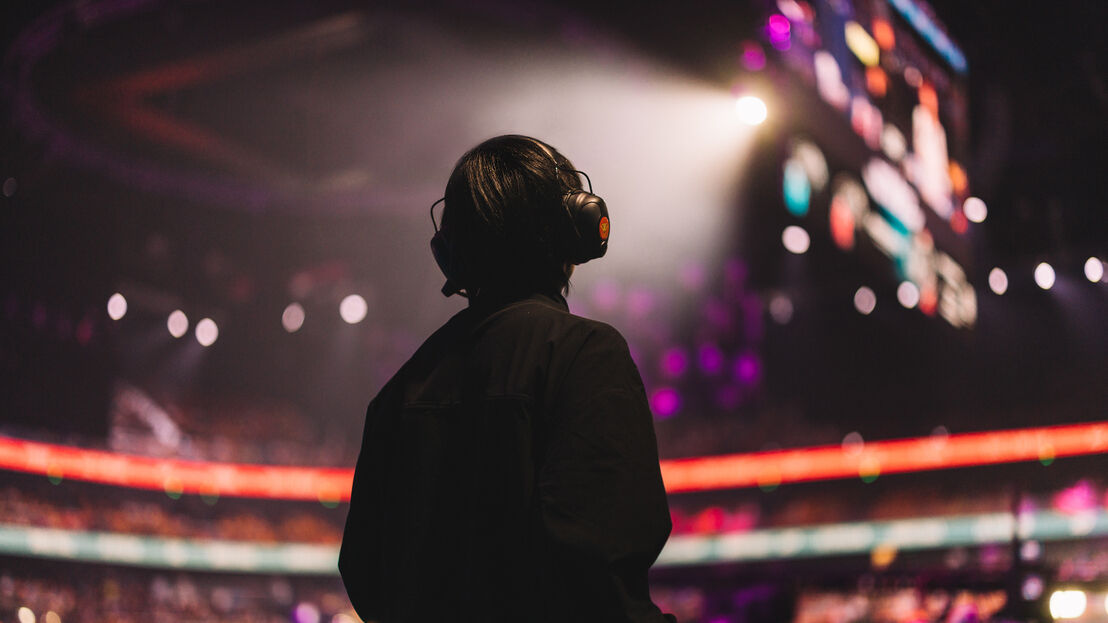Esports production shares many qualities with live sports, but sound engineering is a whole new game. IBC365 explores the complexities of controlling who hears what in a crucible of noise.
Sound has always played a major part in the gaming experience. Gunshots, revving engines and screeching tyres are the obvious aural signatures of shoot-’em-ups and auto-based games but supporting these are subtler backgrounds and atmospheres that help create the various environments in which players find themselves. All this carries over to the large-scale, multi-player, arena-based world of esports, but the live, professional nature of this increasingly popular form of game-playing calls for specific audio techniques that set it apart from its home counterpart.
The main difference is the scale, with the games taking place in an arena and involving a large number of people, all of whom need to hear what is going on. Cameron O’Neill, Country Manager for broadcast facilities company NEP Japan, divides those involved into three categories: the sports group, comprising the competitors and their support teams (coaches and backup players) plus the referees ensuring everyone plays by the rules; the audience, live production teams and the announcers/commentators, known in esports as ‘shoutcasters’; and the broadcast and streaming crews producing coverage of the events...
You are not signed in
Only registered users can read the rest of this article.

Age diversity: What to do about an age-old problem?
In the era of the 100-year life, is it time for the M&E industry to revisit its relationship with age diversity? As mid-career challenges and skills shortages intensify, IBC365 investigates the professionals striving to give more, over longer periods of time.

MovieLabs: Creating an industry-aligned vision for the future of media creation
How MovieLabs is building on two decades of development in film and television to help guide the future of media creation.

CES 2026: “The ChatGPT moment for physical AI is nearly here”
Passive language-based text-to-video models are so last year. From the enterprise to the home to the creative suite, the future is multi-modal AI capable of massive three-dimensional world building and physical interaction.

Multi-camera live virtual production on a broadcast budget
German broadcaster SWR claims a world first live multi-camera virtual production with potential learnings for broadcasters everywhere.

M&E predictions and analysis: “It's going to be an exciting decade”
Four top media analysts reveal their data-backed assessments of 2025, as well as their predictions for 2026 and beyond.



